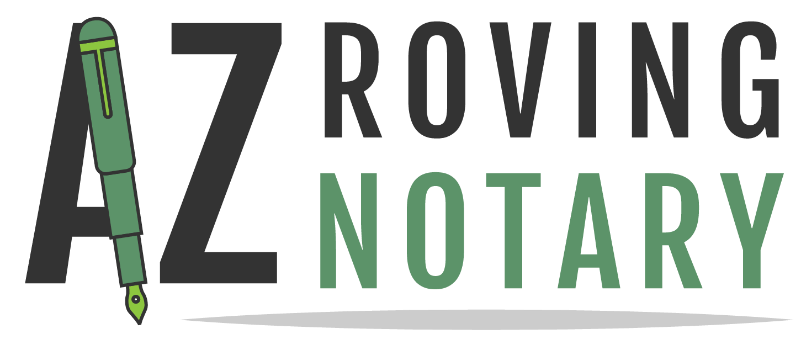CAN YOU USE YOUR SMART PHONE TO PERFORM
A REMOTE ONLINE NOTARIZATION?
The answer is more complex than just a simple YES or NO.
Some platforms require two devices: A Smart Phone and A Computer
Smart Phone: Used to capture and analyze the live image of your photo identification
Computer: Used to actually complete the remote online notarization.
Some platforms allow the full process on either a smart phone or a computer and a smart phone.
Why is there a difference?
It's The Signing Platform: How is the recording of the Notarization accomplished?
Most state laws require a signer to remain on-camera for the entire signing start to finish. In order to accomplish this task platforms use various third parties to accomplish the audio/visual portion of the remote online notarization. The signing platforms that use a basic Zoom™, GotoMeeting™ or other webinar platforms are programmed in such a way that the smart phone can either do on-camera or sign a document but not both at the same time. Those companies that program using a video platform such as Vonage™ can custom design the software so that when a smart phone is used for both on-camera and signing, the Signer always remains on camera and can sign the documents at the same time.
It's User Experience: How difficult is it to sign the documents on the smart phone?
How big is your smartphone screen? Can you see the details if you need to read your documents and the prompts that the signing software provides for you to sign in the correct space on your document? How many actions do you need to take on the document - add text, add initials, add dates, add checkmarks? The device you choose to use
for the signing can be determined by how easy/hard your signing will be on the device. Another determination is how many people are involved in the signing (signers, witnesses, observers, advisors, notary)?
It's Your Tech Abilities: Are you technically able to use your devices?
Since your notary does not provide support other than process support, are you able to solve technical problems by yourself and to do so quickly. You should be familiar with your equipment (computer and cellphone), have the most current browser (Chrome or iOS), insure that your camera and microphone are working. You will need to understand how to share your screen when asked. If your session fails due to technical failure on your equipment, you may or may not be able to get back into the session and your session may have to be reschedule (sometimes with an additional fee).
BUT.....Your AZ Roving Notary is there to help with this.
Before the session will begin, AZ Roving Notary will determine the most compatible platform for your signing based on a series of questions that will help the notary to understand your technical abilities, the devices you own and the complexity of the signing.
What Platforms Does AZ Roving Notary Use and What Devices Work on Each Platform?
AZ Roving Notary Chooses The Platform That Best Meets Your Signing Requirements
Our team of notaries are trained and certified to use several platforms, but primarily find that our clients really like using Signix and Secured Signings the best. These platforms require minimal technical know-how for the signer as well as an easy to use interactive interface.
Choices to help decide what device?
# of Participants: The larger the number of participants (signers, witnesses, observers, advisors, notary, etc.) the longer the knowledge based authentication, credential analysis and facial recognition takes. This process can take up to 10-15 minutes per signer if the signer has any difficulties with the process. So, based on the number of people in the session, we choose either to have Signix - with the KBA/CA process online at the time of signing, or Secured Signings - with the KBA/CA process prior to anyone logging into the system.
Type of Recording: If we are using Signix, then all signers must be using a smart phone for the Credential Analysis and a desktop/laptop computer for the actual signing itself. If we are using Secured Signing, then based on the number of documents and signers, some signers can use their smart phone for the entire process and other signers will need to have a smart phone and a desktop/laptop for the signing.
# of Elements in the Document: If a large number of signing elements are present (i.e. text fields, check boxes, dates, initials, signatures, etc.) then we recommend that no matter which platform the notary is choosing that the Signer use a combination of the Smart Phone and the Laptop/Desktop Computer.
# of Documents: The more documents, the more likely the Signer will have a better user experience using the Smart Phone for the Credential Analysis and the Desktop/Laptop for the actual signing process.
This article is meant for informational purposes only and does not constitute legal advice. For legal advice and recommendations on this subject you are advised to talk with an attorney.

